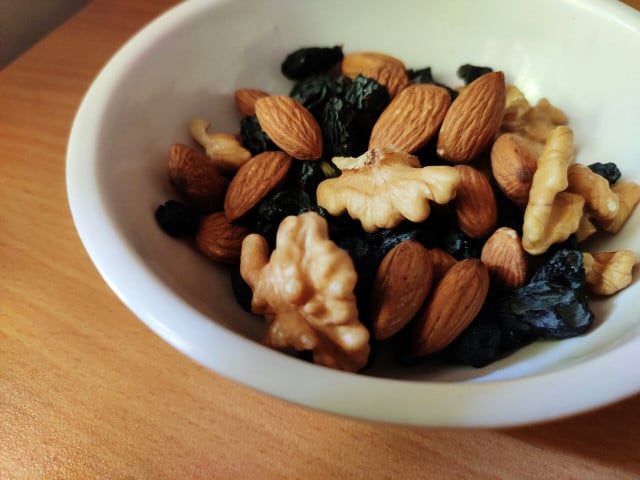
Antinutrients may sound threatening and unhealthy. But they are found in foods that are actually good for your health, such as legumes and vegetables. We explain how you should deal with them.
Antinutrients, also called antinutritive substances or antinutriva, are substances found in plant foods that limit how many nutrients you can absorb from your diet.
Plants contain antinutrients to ward off predators. Because they can severely restrict the digestion and absorption of nutrients, they are considered mildly to highly toxic to animals and humans. The dose makes the poison.
We explain here why you should not avoid foods that contain them.
What antinutrients are there and what do they do?
Many antinutrients are secondary plant substances. Many of them are very healthy, but in the case of antinutrients, this is not the case.
Certain antinutrients prevent the absorption of vitamins and are called antivitamins. Antienzymes affect the way enzymes work.
According to the Harvard School of Public Health, the following types of antinutrients are particularly common:
-
Glucosinolates can prevent the absorption of iodine and lead to iodine deficiency.
-
Lectins can prevent the absorption of calcium, iron, phosphorus and zinc.
-
Oxalates bind to calcium and prevent it from being absorbed.
-
Phytic acid can prevent the absorption of iron, zinc, magnesium and calcium.
-
Saponins impair general nutrient absorption.
-
Tannins influence iron absorption.
Where are antinutrients found?

(Photo: CC0 / Unsplash / Pratik Bachhav)
These six types of antinutrients are found in the following popular (and healthy!) foods, among others:
- Glucosinolates are found in broccoli, cauliflower, cabbage, mustard, radish, cress, radishes and more. As a flavoring agent, they give the latter three examples their typically spicy taste, according to the German Nutrition Society.
- Lectins are found in some grains, legumes and nuts.
- Oxalates are found in spinach, beetroot and rhubarb. The green parts of rhubarb, such as the rhubarb leaves, contain so much of them that you shouldn’t eat them at all, even cooked! More on this: Eating rhubarb raw: poisonous or harmless?
- Phytic acid can be found in pseudocereals, legumes and nuts. Whole grains in particular contain a lot of it because the antinutrient is located in the outer layers. In contrast to white flour products, however, more nutrients still reach your body because the whole grain simply contains so much more of them.
- Saponins are found primarily in legumes such as soy and peas, but also in asparagus and spinach. Liquorice also contains a large amount of them. Even generally poisonous plants such as horse chestnuts and ivy contain a lot of saponins.
- Tannins are tanning agents that are mainly found in tea, coffee, legumes and wine.
How to deal with antinutrients?
The good news: If you follow the usual dietary recommendations, such as eating spinach when it is young or gently cooked because of its high oxalic acid content, you have nothing to fear. On the contrary – as the examples above show, you are actually consuming a very healthy mix of vegetables, pulses and nuts with the antinutrients.
The Harvard School of Public Health summarizes: It is difficult to say exactly how the various antinutrients affect our nutrient absorption, as this also depends on factors such as personal metabolism and the method of preparation.
Many antinutrients, including phytic acid and lectin, can be reduced by soaking, sprouting or cooking foods.
According to Harvard, only people with an increased risk of nutrient deficiencies should pay closer attention to the content of antinutrients in their diet.
In addition, some antinutrients also have health-promoting properties. For example, some slow down digestion and blood sugar levels. Others have anti-cancer properties.
Another theory, by the way, describes Harvard, is that the body can get used to a high intake of antinutrients by absorbing the required minerals more efficiently in the stomach.
Read more on Techzle\.com:
- Balanced diet: 10 rules for everyday life
- Vegan diet: These are critical nutrients
- Carrots raw or cooked? This is how you absorb the nutrients better